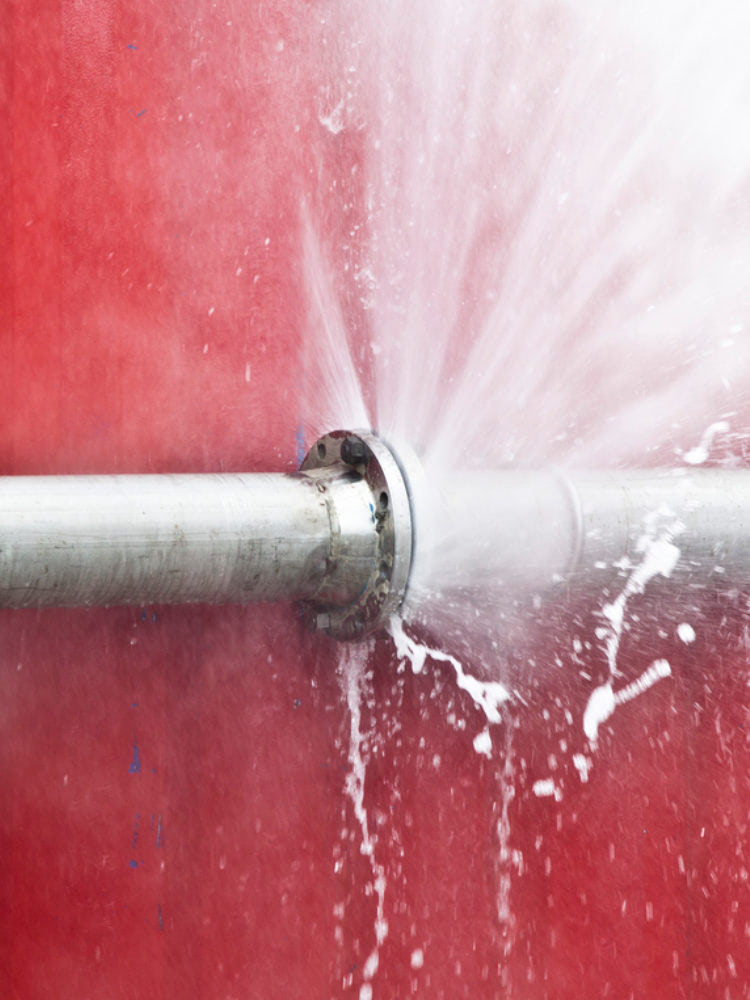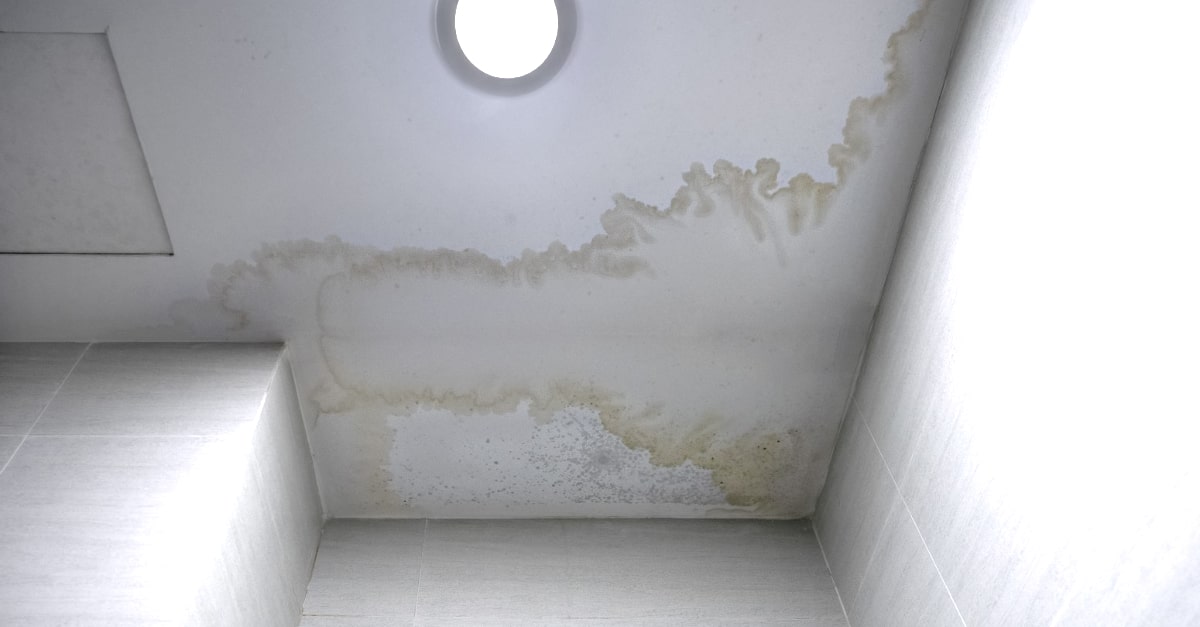Grasping the Six Most Frequent Causes of Water Leaks in Homes
Visit HomepageWhat are your opinions on How to Find Water Leaks?

Leakages not only trigger waste of water yet can also cause unneeded damages to your residence and advertise undesirable natural growth. By recognizing and looking for daily scenarios that cause leaks, you can secure your house from future leakages and unnecessary damages.
Instantaneous temperature modifications.
Severe temperature changes in our pipes can trigger them to broaden and get unexpectedly. This development and contraction might cause cracks in the pipes, specifically if the temperature are listed below cold.
Corroded water supply
As time goes by, your plumbing system ages and corrosion such as corrosion might start eating away the pipes. This could be the reason for discoloration or bending on your water pipes. This requires an inspection with your plumber quickly. If our plumbing system is old, think about changing the pipelines because they go to a higher danger of deterioration than the newer models.
Malfunctioning Pipeline Joints
Pipe joints can deteriorate over time, resulting in water leakages. If you have noisy pipelines that make ticking or banging sounds, particularly when the hot water is transformed on, your pipe joints are probably under a lot of pressure.
Trespassing roots
Most water leaks begin outside the home instead than inside it. You may observe wet patches or sinkholes in your lawn, as well as that may mean that tree roots are getting into water lines creating water to seep out.
Poor Water Connectors
Sometimes, a leakage can be brought on by loosened tubes and also pipes that supply your devices. Most of the time, shifting is what creates the loose water Connections. You could locate in the case of a cleaning equipment, a tube might spring a leak because of trembling during the spin cycle. In case of a water connections leak, you may notice water running directly from the supply line or puddles around your home appliances.
Obstructed Drains
Obstructed drains pipes could be irritating as well as inconveniencing, but they can sometimes wind up creating an overflow resulting in break pipelines. Keep removing any materials that may go down your drains that can obstruct them to stay clear of such inconveniences.
All the above are reasons for leaks but not all water leaks arise from plumbing leakages; some leaks might come from roof covering leaks. All leakages should be repaired promptly to stay clear of water damage.
Leaks not just trigger waste of water yet can likewise cause unneeded damage to your residence and promote undesirable organic growth. By looking and also understanding for day-to-day circumstances that trigger leaks, you can secure your home from future leaks and also unneeded damage. Today, we will certainly look at six leakage causes that may be triggering your pipes to drip.
At times, a leakage can be triggered by loose hose pipes as well as pipelines that supply your home appliances. In situation of a water links leakage, you may discover water running directly from the supply line or puddles around your devices.
How To Check For Water Leak In Your Home
How To Check for Leaks
The average household's leaks can account for nearly 10,000 gallons of water wasted every year and ten percent of homes have leaks that waste 90 gallons or more per day. Common types of leaks found in the home are worn toilet flappers, dripping faucets, and other leaking valves. These types of leaks are often easy to fix, requiring only a few tools and hardware that can pay for themselves in water savings. Fixing easily corrected household water leaks can save homeowners about 10 percent on their water bills.
To check for leaks in your home, you first need to determine whether you're wasting water and then identify the source of the leak. Here are some tips for finding leaks:
Take a look at your water usage during a colder month, such as January or February. If a family of four exceeds 12,000 gallons per month, there are serious leaks.
Check your water meter before and after a two-hour period when no water is being used. If the meter changes at all, you probably have a leak.
Identify toilet leaks by placing a drop of food coloring in the toilet tank. If any color shows up in the bowl after 10 minutes, you have a leak. (Be sure to flush immediately after the experiment to avoid staining the tank.)
Examine faucet gaskets and pipe fittings for any water on the outside of the pipe to check for surface leaks.
Undetected water leaks can happen without the home or business owner even realizing. If you suspect a water leak, but not able to find the source. It is time to contact a professional water leak detection service, The Leak Doctor.
How To Find a Water Leak In Your Home
https://www.leakdoctor.com/blog/How-To-Check-For-Water-Leak-In-Your-Home_AE197.html

As an avid person who reads on Common Water Leaks In House, I figured sharing that portion was a good thing. Sharing is nice. Who knows, you will be doing someone a favor. Thanks so much for going through it.
Click Here